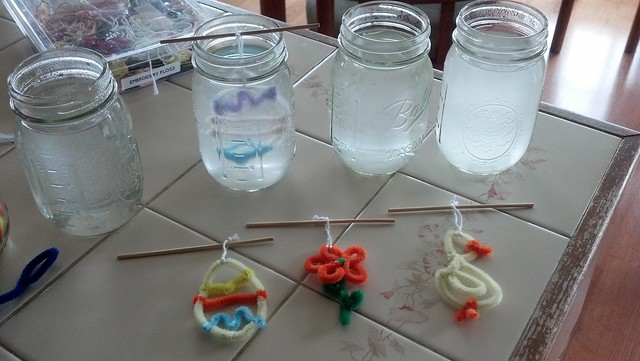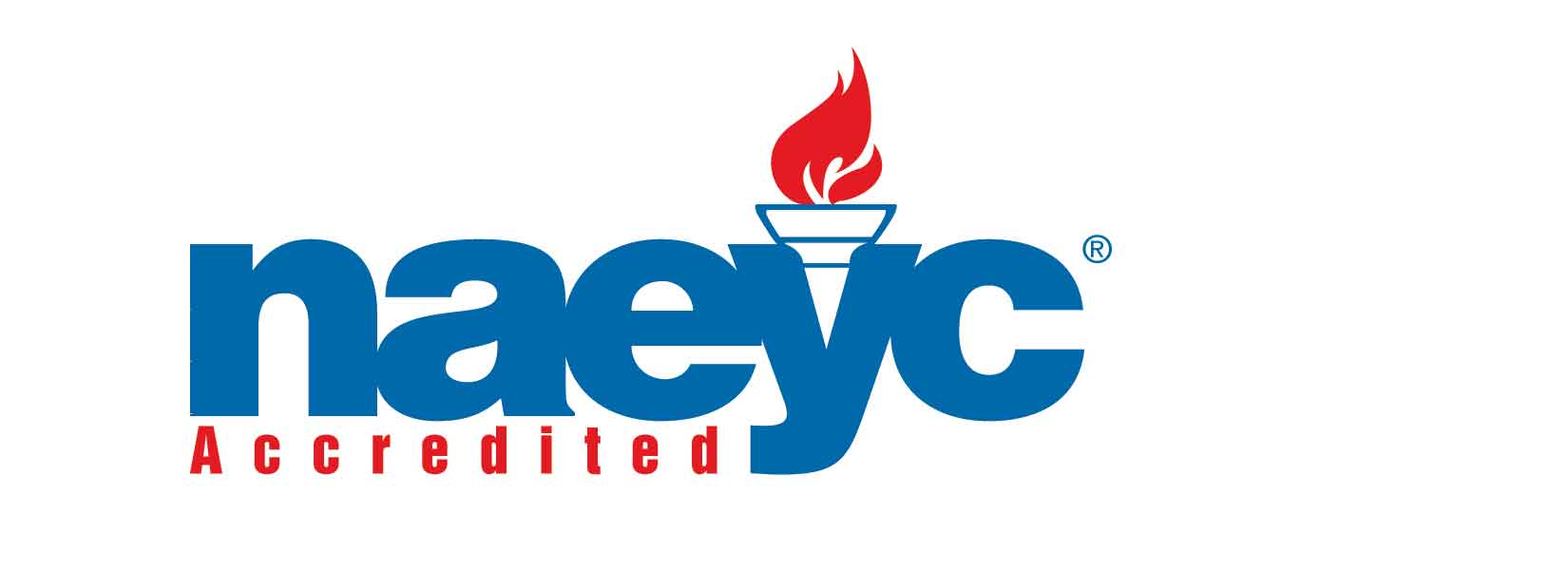Fun Science Projects with kids
We love making science fun and stimulating young minds to the amazing world around them though hands on experience experiments that are both school friendly but also easy to do at home too.
more fun with science that you can do at home.
- Crystal Shapes Make your own crystal shapes. Kids will think it is neat and they make a cool window mobile that reflects some cool colors.

Materials:- pipe cleaners
- boiling water (fill up your jar)
- glass mason jar
- yarn
- borax laundry soap
- pencil
- optional can add food coloring to liquid
How to do it:
- Form your pipe clean to whatever shape you would like.
- Tie some yarn around the top, hanging it from a pen or pencil.
- Heat 3 cups water up in the microwave pour into mason jar, then add 1 cup of borax laundry soap in the boiling water, stir for couple minutes until its dissolved.
- Place the shaped pipe cleaner on a string into the water mixture.
- Let the pipe cleaner in the mason jar sit for 4 hours to over night for a more intense effect.
- Wait and see what happensResult a crystal shape that can be lifted out by the string, allow to air dry via hanging in a window
- Bottle Blowing Balloon Experiment
Learn about rations that occur when mixing to different ingredients together.Materials:
- Plastic bottle….bigger the better we found out.
- Vinegar….about a cup or so not too much
- Baking soda
- Balloon…we used 8 inch, pack
- Funnel…………if you let the kids do the poring
How to:
- Fill bottle with roughly 1 inchof vinegar (standard water bottle size)
- Fill the small balloon half up with baking soda. (insert funnel end into balloon to fill with baking soda)
- Have adult help place the balloon (open end) on the bottle make sure its snug….. with the backing soda filled end falling parallel to the bottle.
- Then once balloon mouth is attached holding bottle vertical on the bottom.. lift the un-attached baking soda filled end of the balloon up so the baking soda drops into the bottle.
- Hold bottle and balloon vertical in a single line & see what happens.
The carbon dioxide gas from the vinegar and baking soda mixing causes the balloon to blow-up.
- I Lava You Lamp
Materials:- Plastic bottle….water bottle.
- Vegetable Oil
- Water
- Food coloring
- Alka Seltzer
How to make a lava lamp steps:
- Pour Oil in to plastic bottle first about 2 cups
- Pour in 1 cup of water ….. more oil than water.
Try different percentages of oil to water in different bottles to see what happens. - Get colorful add food coloring, 3-4 drops ( note if you add all the typical food colors you will get black)
- Take the Alka Seltzer and brake it into 4-5 pieces and drop in to the bottle ……
Result: I lava a lava lamp
- Colored Celery(similar to the change flowers in the video)
Learn about how plants absorb water with a experiment using colored water and celery stalks
MATERIALS
- Clear glass jars, cups or small clear vase
- Fresh Celery stalks with leaves. Preferably the younger stalks near the center.
- Water
- Food Coloring
- Paper towels
Steps:
Explain experiment. We are going to find out how plants absorb water and grow.
- Separate and select stalks of celery with leaves. Cut about a quarter inch off the bottom.
- Put about 8 ounces of water into glass jar or vase.
- Drop 3-4 drops of food coloring into jar. (blue is vibrant & works good, green tends to absorb slower)
- Place stalks into the water and using stalk stir very gently until food coloring is dispersed evenly.
Teaching and observing
- Have child/class make predictions about what will happen.
- Write it in a simple sentence and “point and read” together.
- Make 2-3 observations and write them down.
- Check your celery at intervals. Typically you will see slight results after 3 hours, significant results overnight and again at 48 hours.
After 48 hours, cut the bottom of the celery to see what part of the celery absorbed the water.
So join us and try one of these fun with science experiments.
Share in our comment section below. We would love hear what your children thought, learned and discovered.
Also, feel free to Like, Tweet or Pin this post to help spread learning science can be fun.


